M1- How to determine blog post topics
What you will learn: How to determine topics for your blog posts that potential customers will want to read and how to find key phrases that will help potential customers find your articles.
Task: Determine six blog topics and key phrases for them.
Time: 20 minutes to read the module and 1.5 hours to complete your tasks.

Before we begin
Here are a few points on how to use this course:
‣ This course consists of four modules. Each module depends on material learned in previous courses, so I recommend doing them sequentially.
‣ The Tasks are where you do the actual work to drive more traffic to your website. You will be prompted to submit the more pertinent ones to Mary Clare for review and suggestions. Take advantage of it! That is what sets this course apart from other SEO courses on the internet- there is a real live SEO expert with 15 years of experience here to help you. To submit your work for review, email it to maryclare@bespoke-digital-solutions.com.
‣ The course comes with a free voucher for a live call with Mary Clare to help. If you get stuck or confused, use it! This is done by booking a call using this link: Mary Clare’s Schedule. If you need a little extra hand holding, you can also purchase additional credits of her consulting time.
Let’s get started!

Use a lead-centric approach
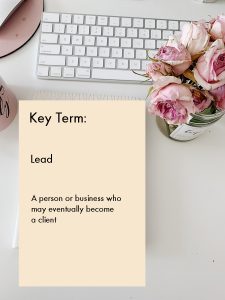
Blogging rookies choose blog topics they want to write about. This is fine if you are using your blog as a personal journal, but it’s not likely to attract a lot of followers.
More sophisticated bloggers write topics that they think their customers will find helpful.
People who blog to improve their SEO take it to a different level. They have processes to:
1– Determine blog post topics that potential customers will find useful.
2– Find key phrases that will help potential customers find their blog posts.
3– Optimize their blog posts for search, using these key phrases.
This is part of a business methodology called inbound marketing. The ultimate goal of it is to convert people that visit your website into paying customers. It’s one of the best and most cost-effective ways to convert strangers into customers and promoters of your business. But the first step is getting them to your website by offering them enticing content, created to address the problems and needs of your ideal customers. This is the goal of our blogging strategy.

Let’s walk through steps 1 and 2 in detail. Module 3 will cover step 3.
Step 1- Determine blog post topics that your potential customers will find useful
Take out the buyer personas you created when you did Module 1 of the Basic SEO Course. Look at the first one and get in character. Now, ask yourself:
1– What are your pain points?
2– What are you trying to learn to do?
3– What do you need help with?
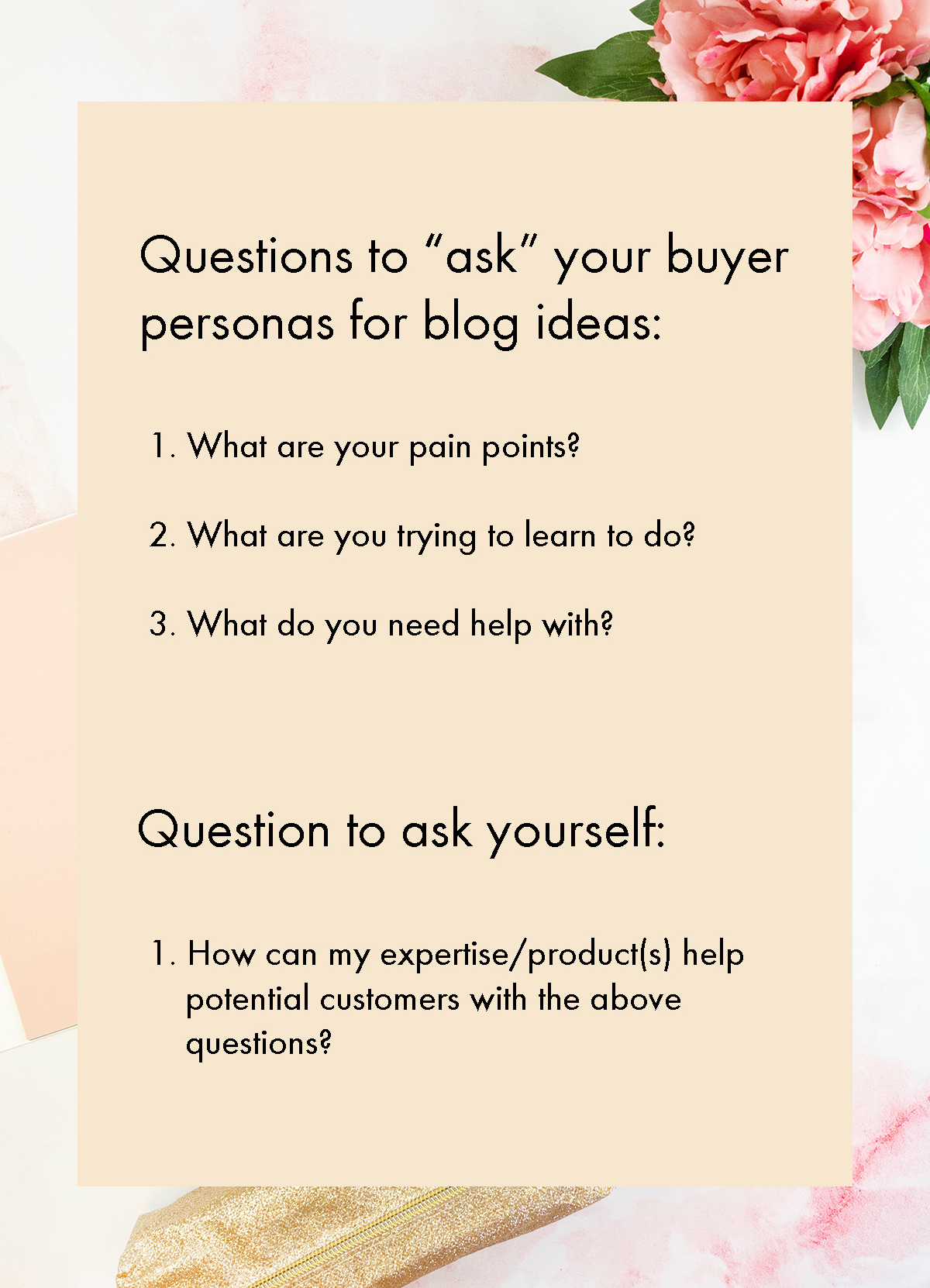
Staying in character, write down answers to each of the above questions. The answer to these questions will give you a list of potential blog topics. You need at least six to complete this session’s tasks, but I recommend taking this opportunity to thinking of as many topics as you can. You can save them in a file for later use.
Step 2- Find key phrases that will help potential customers find your blog posts
First, take out your key phrase research homework from the Basic SEO Course. (Note: if you didn’t take that course, you can skip to Step 3). Look at your list of key phrases. See if any of them fit with one of the blog topics you have brainstormed. Meaning, will it be easy to weave the key phrase into one of the articles you propose to write? Keep in mind, the key phrase will need to appear:
- In the article title.
- In at least one sub heading of the article.
- In between 0.5% and 3.0% of the article copy.
Put any topic that you found a key phrase for on your list of potential blog topics.
Now, go to Google Keyword Planner and do key phrase research around the remaining blog topics you brainstormed. Type in what you think your buyer personas would use to find each proposed blog topic. If you need help, you can click where it says, “Discover new keywords.”
Your goal is to find key phrases that will enable you to start ranking in SERPS relatively quickly.
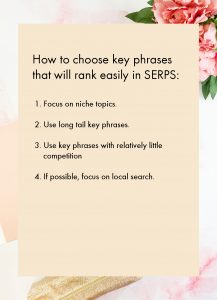
NOTE: To focus on local search, put the name of your city in your key phrase. If you live in a big city and focus on a specific neighborhood (like the Upper East Side, Tribeca, Chelsea, Battersea, etc.), you can put that in your key phrase. However, most people that cater to local markets generally don’t need high power SEO, so my example will not include local search.
Example: MBA Admissions
Let’s pretend I want to write a blog post for Master Admissions, the MBA Admissions consultant we discussed in Module 1.
Step 1
The Buyer Personas for this product are straightforward. Here is a typical one:

He is basically a dream candidate for a top MBA program, except he had a low GPA in undergrad.
This gives us an immediate answer to our first question: What are my buyer persona’s pain points? The answer is: they have a low GPA but still want to get into a top MBA program.
To make it relatable, I will put it in the form of a question and I have a blog topic: Can I get into a top MBA program with a low GPA?
Step 2
Now that we have the article topic, we need to find a key phrase to use to help potential customers find the blog post, once it is written. Writing a blog post without optimizing it for search is comparable to a tree falling in the forest with no one to hear it. Does it make a sound? Maybe, but if there is no one around to hear it, the whole exercise is irrelevant.
My first key phrase idea: Low GPA top MBA
First, I enter this key phrase idea into Google Keyword planner:
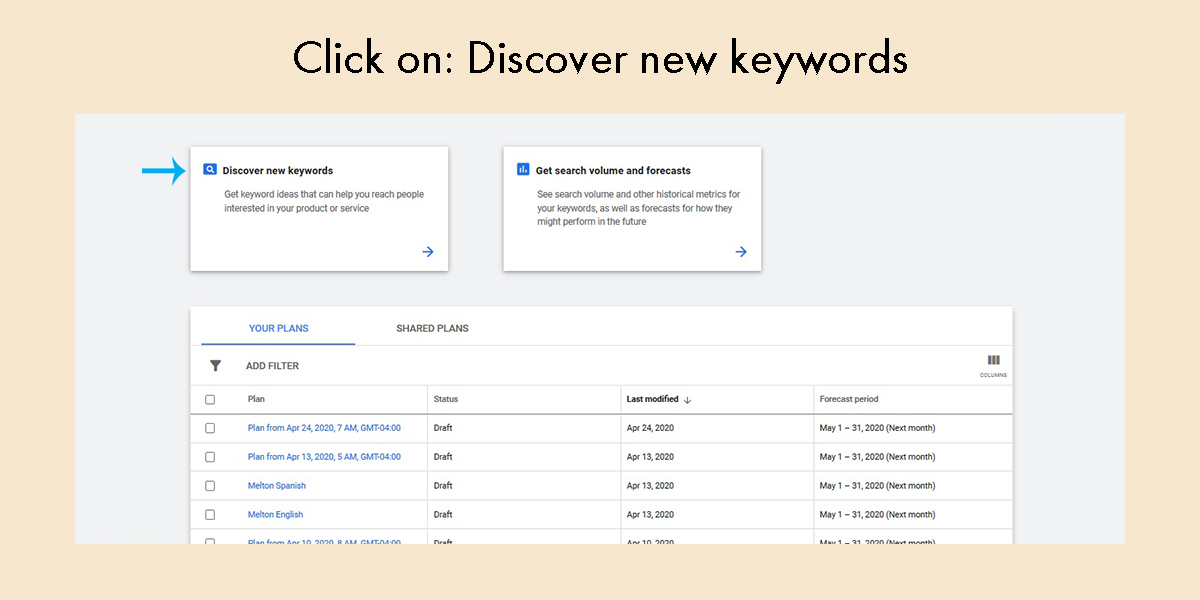
Since I am just starting, I want Google to help me brainstorm ideas:

This was not particularly helpful as it yielded no suggestions:
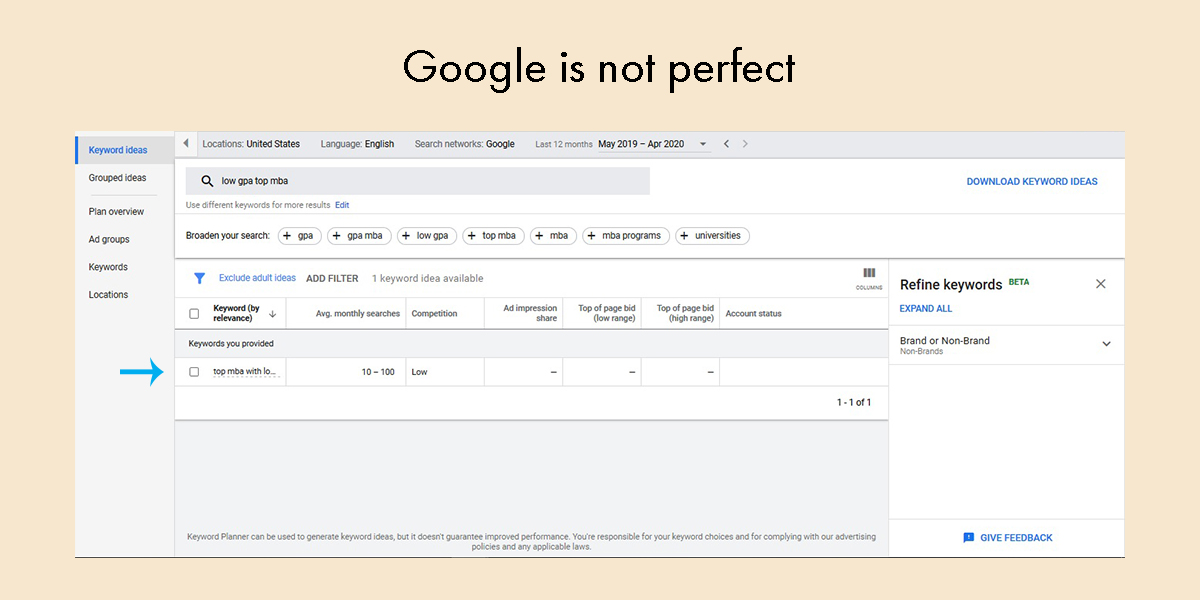
So now what?
Well, I wanted to learn whether this meant no one with a low GPA was trying to get into business school (which I highly doubted), if MBA consultants aren’t paying Google for ads targeting applicants with low GPAs or if my key phrase was not very good.
So I typed my key phrase “low GPA top MBA” as a search query. No paid ads showed up. What I did see were two featured snippets and a number of articles written about the topic. However, none of the articles appeared to be optimized specifically for this key phrase. Which makes sense as it’s hard to use the key phrase I chose in a sentence.
What did I learn from this? Two things:
‣ My key phrase: “low gpa top mba” was a dud.
‣ Not many people are paying for Google Ads around this topic.
My next step was to put my key phrase in the form of a question and see if that helped. So I entered the key phrase “Can I get MBA with low GPA” as a search query to see what happened. Here is what I saw:
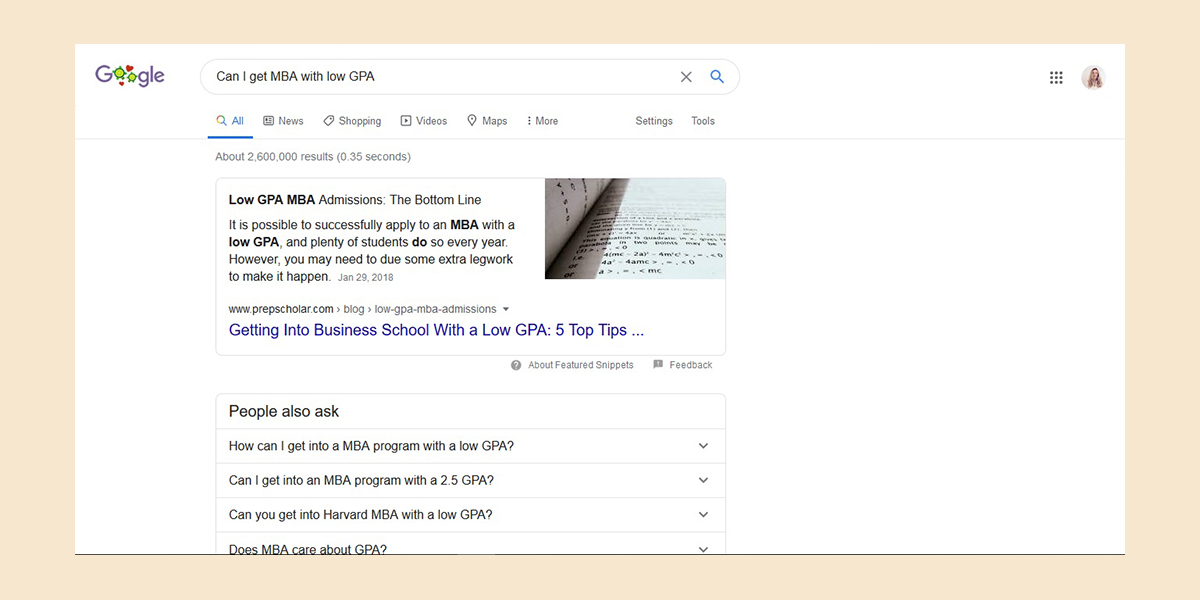
When I scrolled down, I found a number of articles written around this topic, but no paid ads. I needed to find a more niche topic to write about if I wanted to rank quickly.
So I tried entering my new key phrase into Google Keyword Planner to try and get some suggestions.

This is what I wanted- new topics, but not a lot of them. If there were 20 or more suggested topics, that would mean it is a very competitive topic. Some of the key phrases were relatively expensive, and some relatively cheap, in terms of paid search. All of this meant that it would be easy to narrow them down.
I downloaded the key phrases into Excel (see button in upper right corner of the above) so I could see them more clearly.

The process of elimination
I ruled out “getting into mba with low gpa,” “how to get into mba program with low gpa,” and “how to get into mba with low gpa” right away because the bids for those key phrases are extremely expensive. Even though they are paid search, they will still be very competitive in organic SEO, as we saw in the above SERPS.
After eliminating those, I found what I was looking for: two key phrases that ranked a “0” for competition and no one was bidding on:
1– how to get into harvard business school with low gpa
2– how to get into nyu stern with low gpa
Since my Buyer Persona is trying to get into Harvard, I decided on that topic. Just to be sure, I typed it into a search query. I found one featured snippet that was not specific to Harvard, a few “People also ask” queries that told me this is a searched on topic and then a number of related articles. However, the top two were not specific to Harvard. Bingo!

I decide to write an article with the topic “How to get into Harvard Business School with a low GPA.” The key phrase will be the same: “How to get into Harvard Business School with a low GPA.”
I put the second article topic and key phrase: “How to get into NYU Stern with a low GPA” into my file of potential blog topics.

Task: Use the above steps to research at least six potential blog topics and related key phrases. When you are finished, submit them to Mary Clare for review.
Key Takeaways
- Inbound marketing is a methodology used to attract your ideal clients by providing content that helps them solve a problem or learn how to do something.
- You can use your buyer personas to brainstorm your ideal clients’ pain points.
- Write blog posts to address your ideal clients’ pain points.
- You can use Google Keyword Planner data and the results from search queries to find key phrases that will help your ideal clients find your blog posts.
- To rank for a popular topic, use niche key phrases. If your product/services are offered locally, you can focus on local search.
